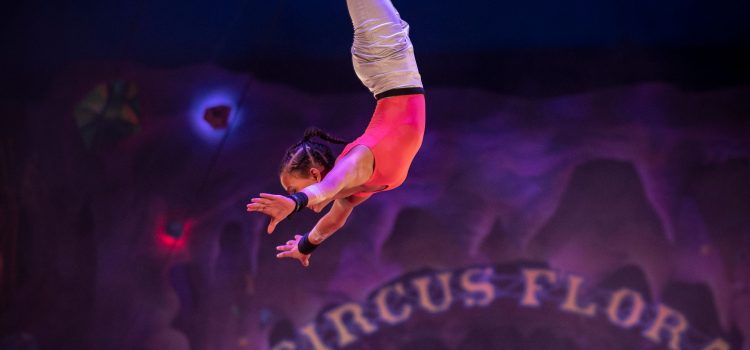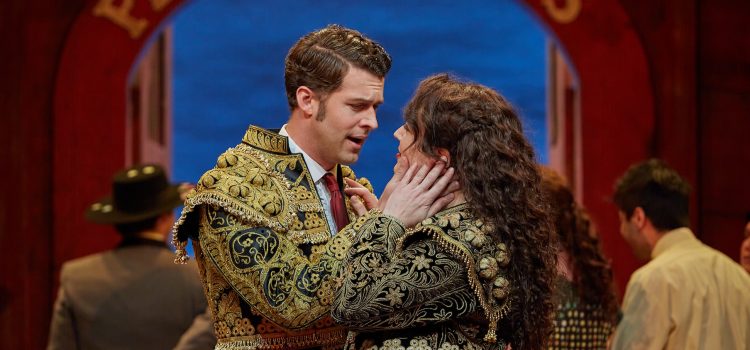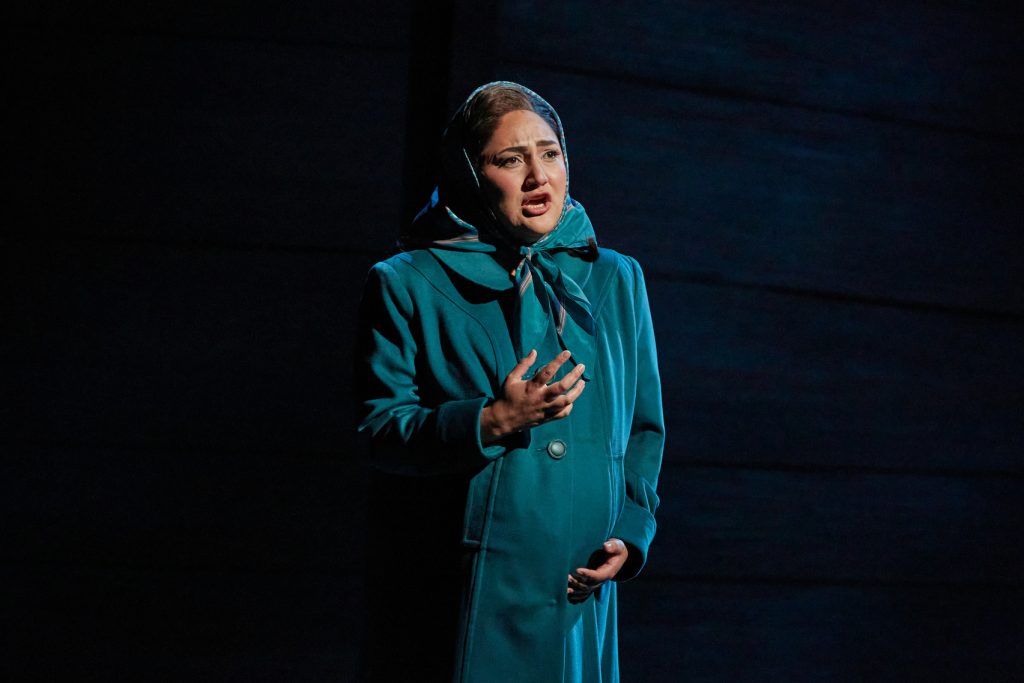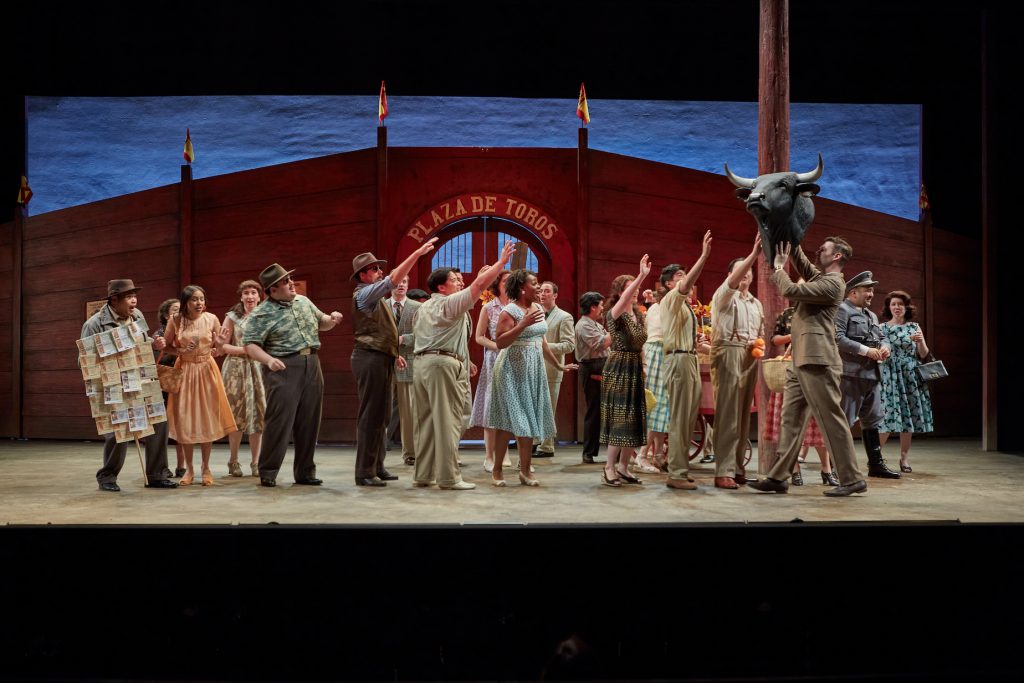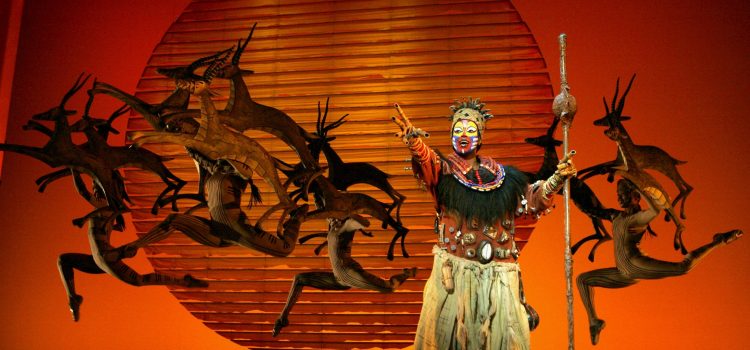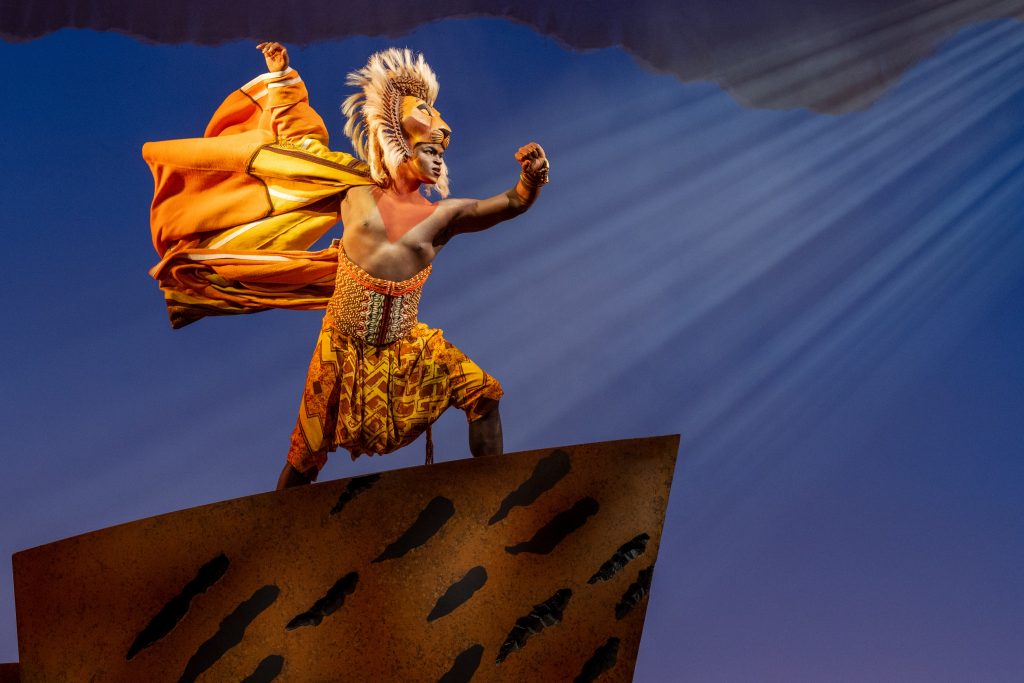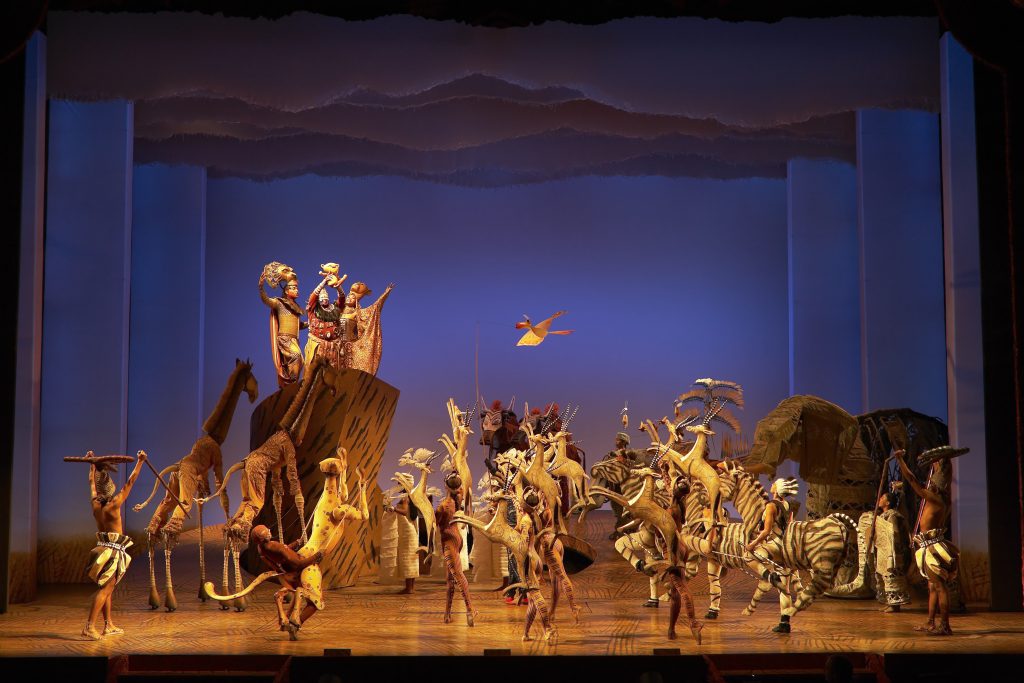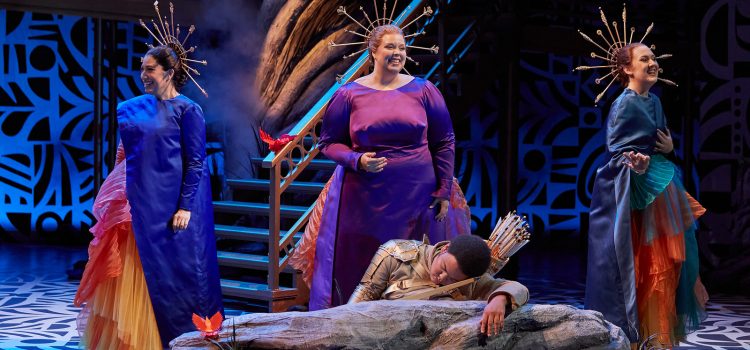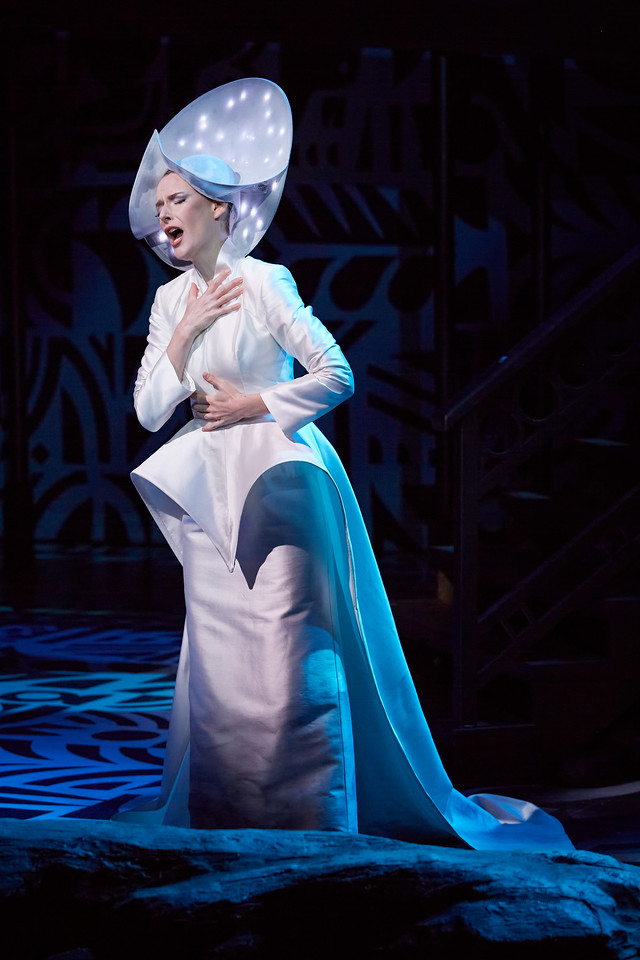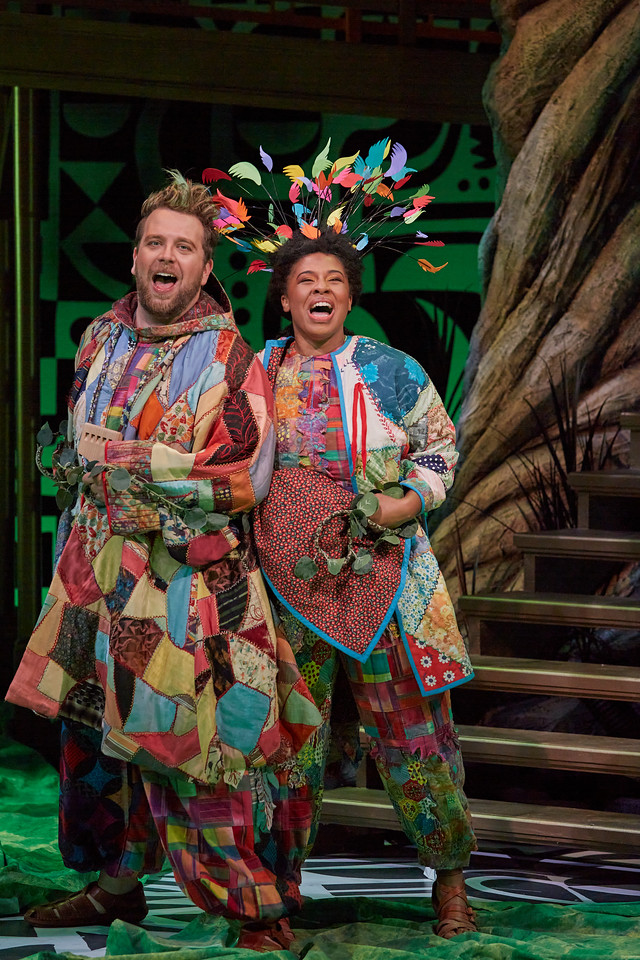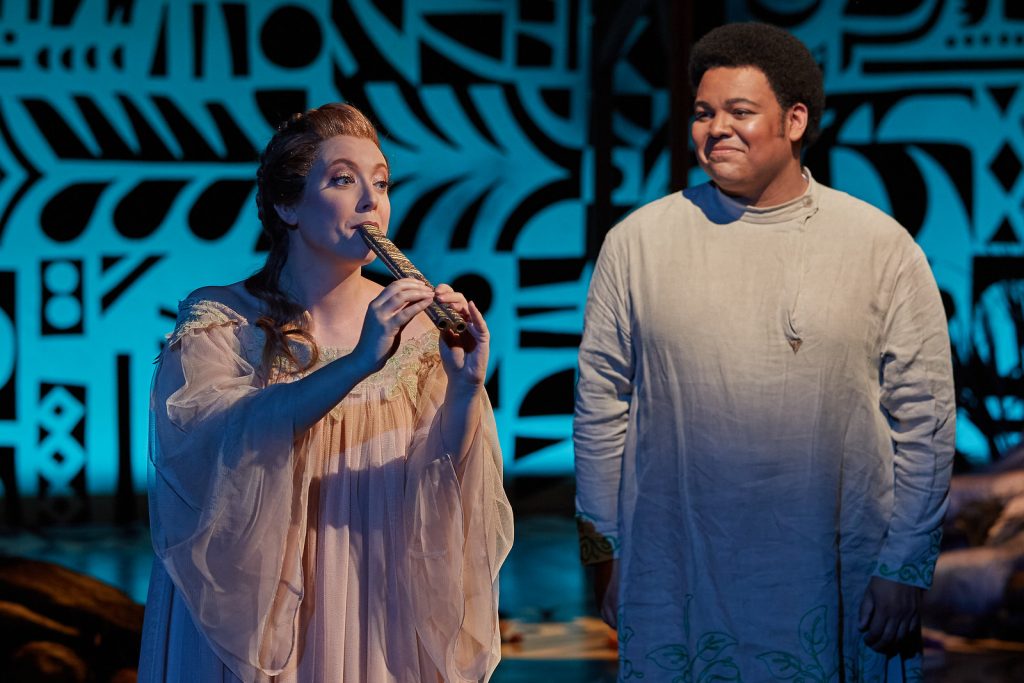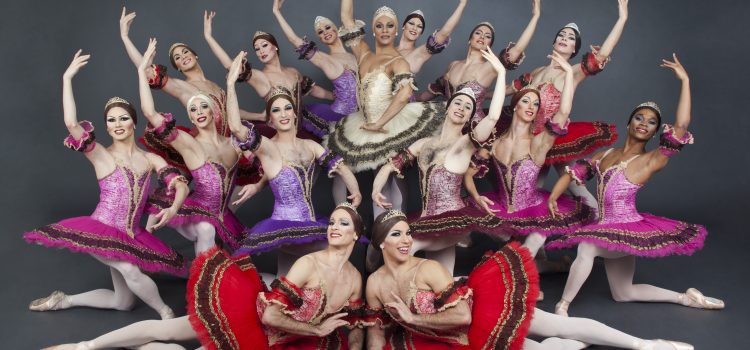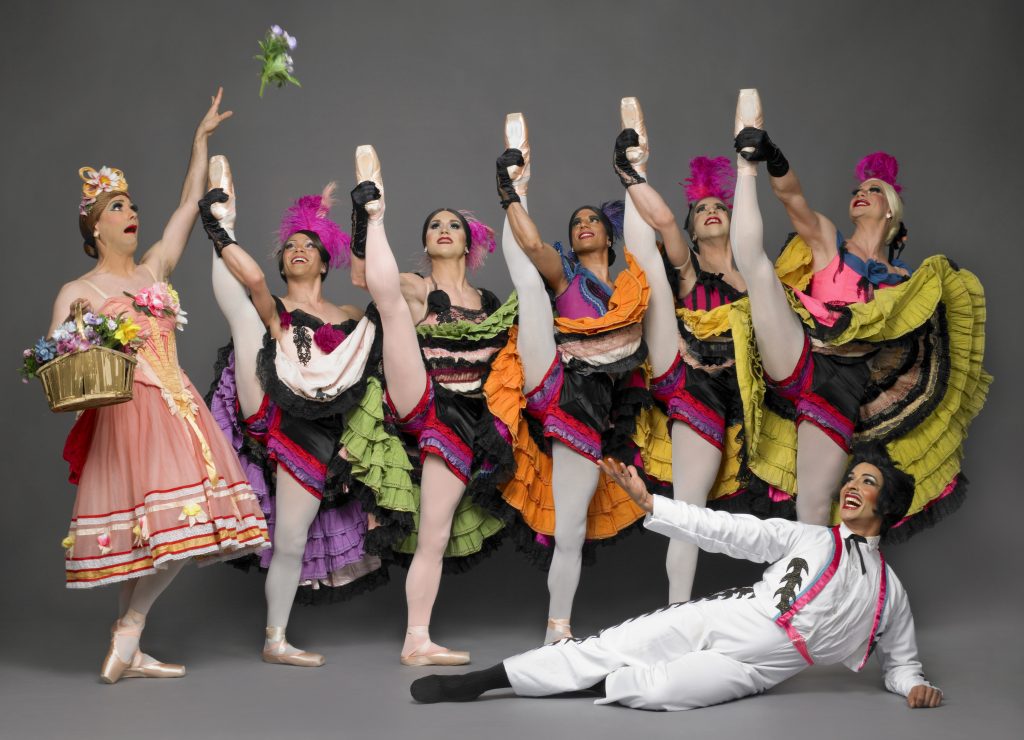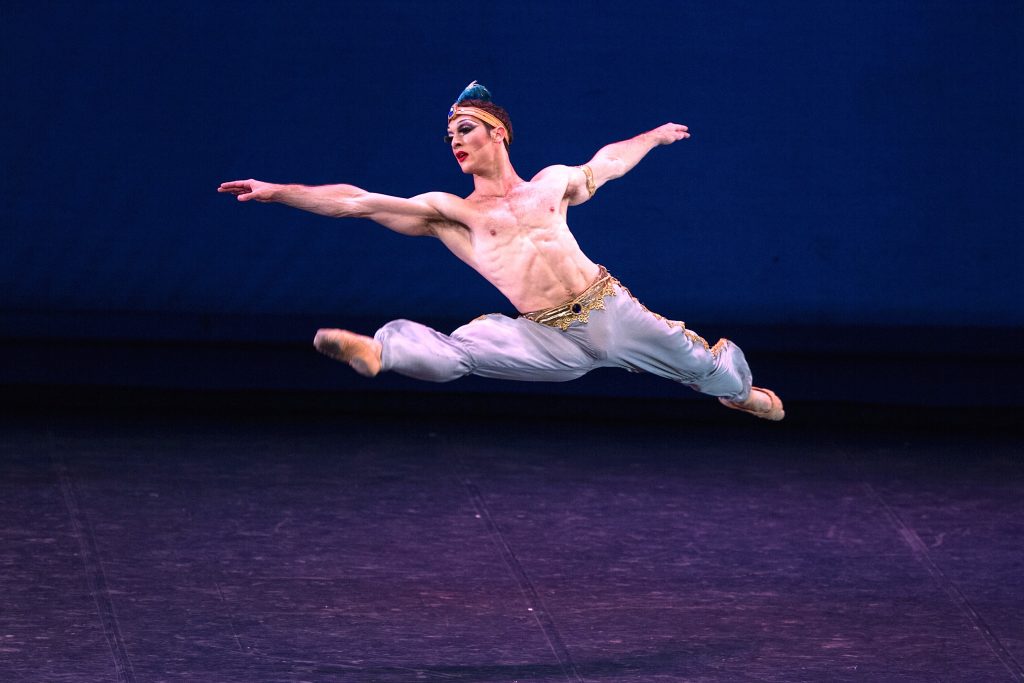By CB Adams
According to Charlotte’s Web author E.B. White, “The circus comes as close to being the world in microcosm as anything I know. In a way, it puts all the rest of show business in the shade.”
With the launch of its 36th season, Circus Flora continues its dedication to providing St. Louis with an entertainment that is equal parts circus arts and theatrical performance. If your idea of a circus is limited to men driving around in small cars dressed as clowns or a lion tamer snapping whip, then you are more than ready for the Circus Flora experience.
Circus Flora, with shows through July 3, is a one-ring circus, and that’s one of its best attributes. The action close and intimate, and the performers engage the audience from above, around the ring and in the aisles. Unlike the circuses of yore, Circus Flora is presented theatrically, with a plot that changes each year. This year’s is “The Quest for the Innkeeper’s Cask.” It involves the antics of the Spirit Sleuths as they seek the fabled ghost of an Innkeeper and her cask of stolen human spirits in the caves beneath St. Louis.
The plot incorporates world-renowned acts like the Flying Wallendas, local acts like the St. Louis Arches and original music, ala Django Reinhardt, performed live. The show begins with an introduction by the clown, Yo-Yo the Storyteller, played with gravitas, wit and just the right amount of spookiness by Cecil MacKinnon.
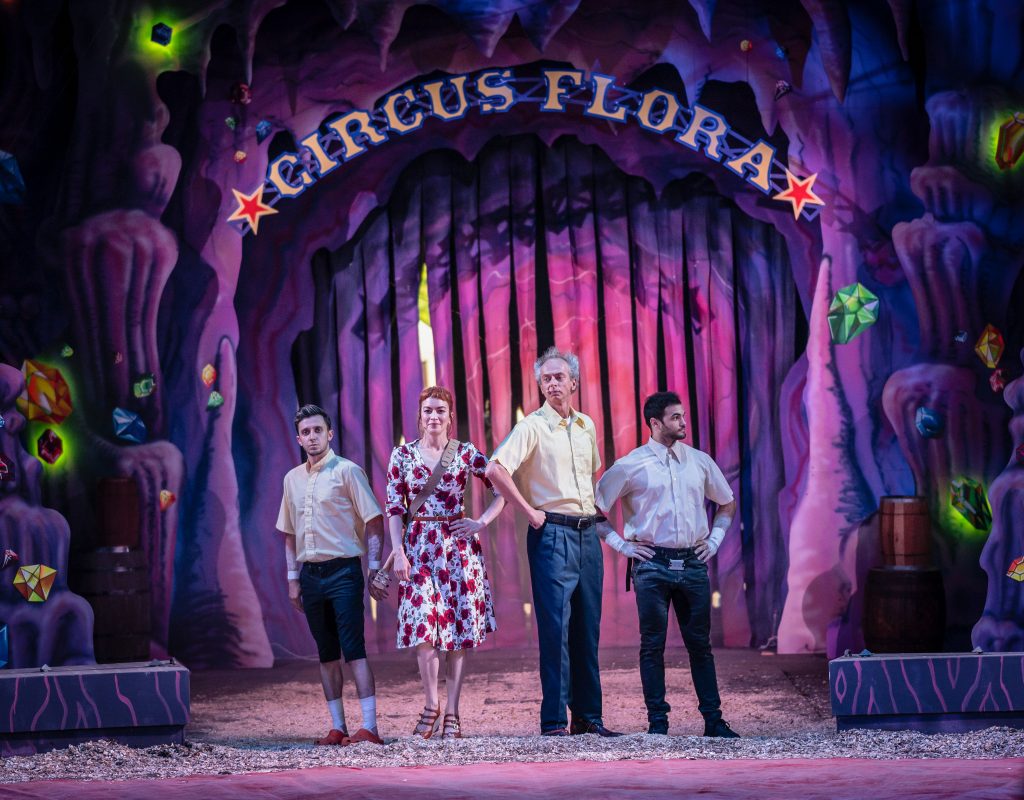
As an exquisitely costumed clown, MacKinnon keeps the plot (which she co-created with Artistic Director Jack Marsh) and performances briskly moving throughout the show. She has performed with and created shows for Circus Flora since its founding in 1986 and currently serves as the theater director – and that experience shows. She’s one of the best parts of this production.
The Spirit Sleuths are a fun mélange of Ghostbusters, Scooby Doo and Our Gang. The troupe is led by the excellent featured performers: Ambrose Martos and Britt Lower. Ambrose is an actor, clown and host who has performed with Cirque du Soleil’s Joya as well as The Marvelous Mrs. Maisel, The Good Cop and Gotham. Lower can currently be seen as the lead role of Helly in the Apple TV+ show Severance. In “Innkeeper’s Cask, “ the Heyworth, IL native acts, sings and plays the ukulele.
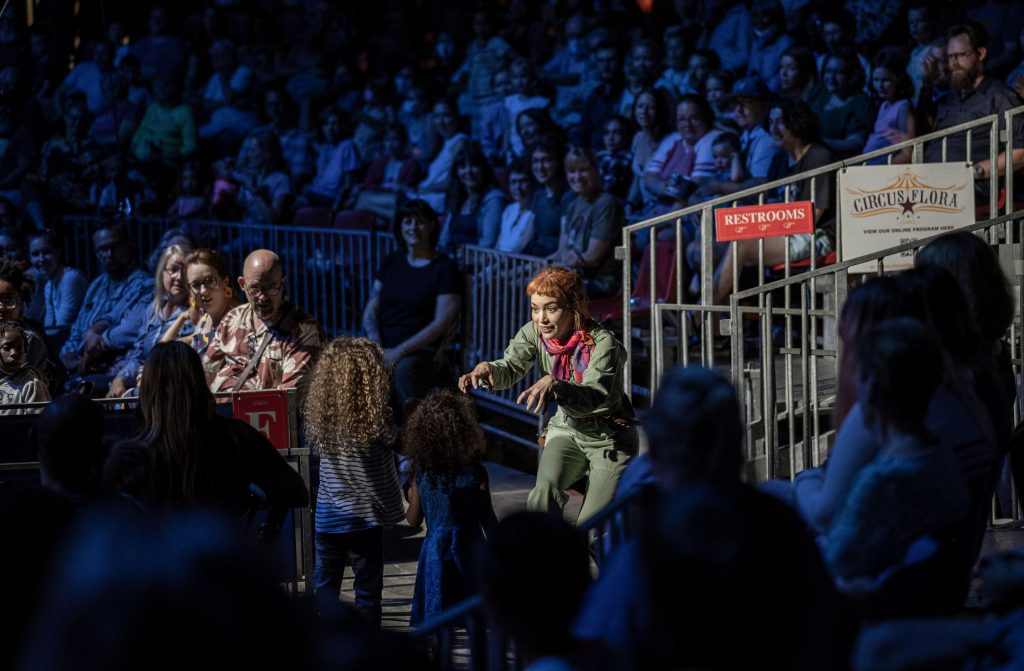
One of the gems of this show is the lively music, with traces of klezmer, gypsy and flamenco, that enhances the action and humor in the ring. This superb soundtrack is thanks to Janine Del’Arte, musical director, composer and arranger, as well as Miriam Cutler, composer.
Acrobats, daredevils, aerialists and tumblers are creatively woven into the “Innkeeper’s Cask” story. Returning for 2022 are The Flying Wallendas (highwire), The Flying Cortes (trapeze) and The Daring Horseman (equine companions). Also returning are The St. Louis Arches, a troupe composed of performers 11 to 18 years old, with an impressive floor show. The Arches hail from Circus Harmony, St. Louis’s only social circus school. Circus Harmony also offers recreational classes and preprofessional training. Circus Harmony uses the teaching and performing of circus arts to motivate social change.
New to this year’s Circus Flora Big Top are Sam & Louis, who perform a “Russian cradle” aerial act and Trio Black Diamond, a three-person balancing act from Ethiopia.
Circus Flora in general and “The Quest for the Innkeeper’s Cask” particular packs more for a family’s entertainment dollar while also maintaining a high level of artistic and theatrical integrity (not to mention face painting and pony rides on the midway).
The Colombian artist Fernando Botero once said, “The circus leaves a sweet memory.” “The Quest for the Innkeeper’s Cask” certain does.
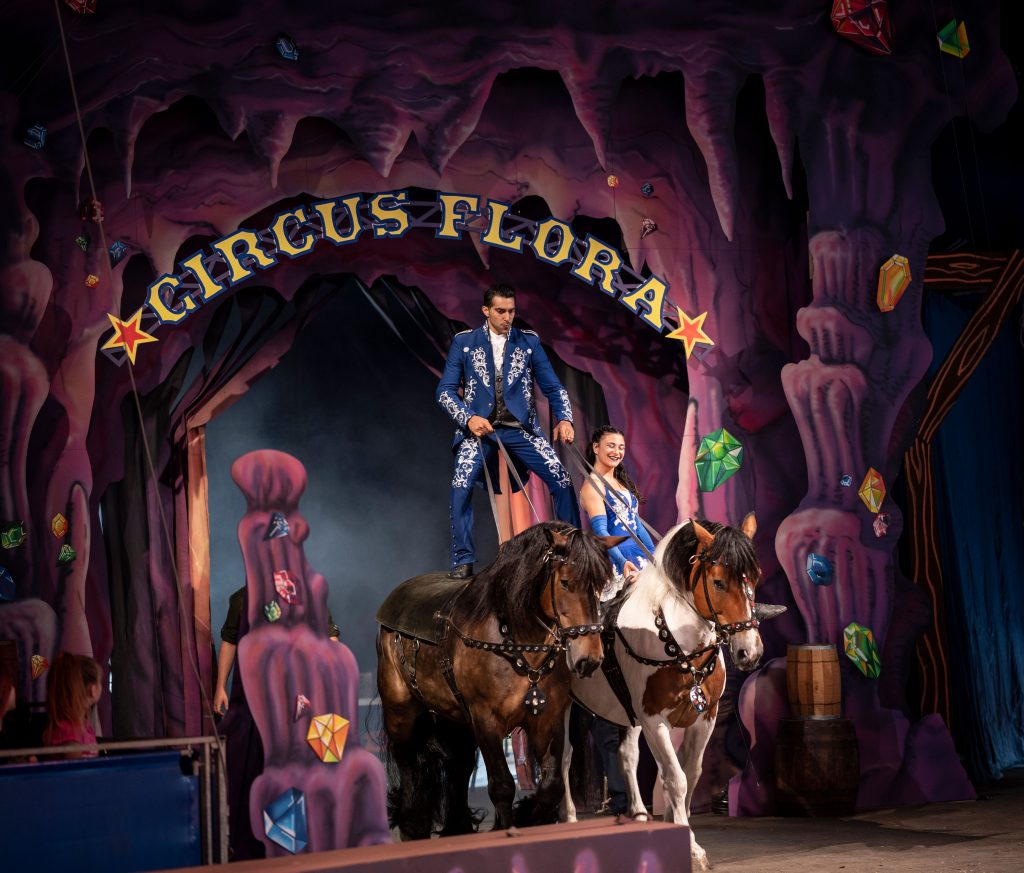
Circus Flora’s “The Quest for the Innkeeper’s Cask” runs through July 3, including new theme nights: Baseball Night (June 15), Hockey Night (June 22) and Pride Night (June 29).

CB Adams is an award-winning fiction writer and photographer based in the Greater St. Louis area. A former music/arts editor and feature writer for the St. Louis Globe-Democrat, his non-fiction has been published in local, regional and national publications. His literary short stories have been published in more than a dozen literary journals and his fine art photography has been exhibited in more than 40 galley shows nationwide. Adams is the recipient of the Missouri Arts Council’s highest writing awards: the Writers’ Biennial and Missouri Writing!. The Riverfront Times named him, “St. Louis’ Most Under-Appreciated Writer” in 1996.

